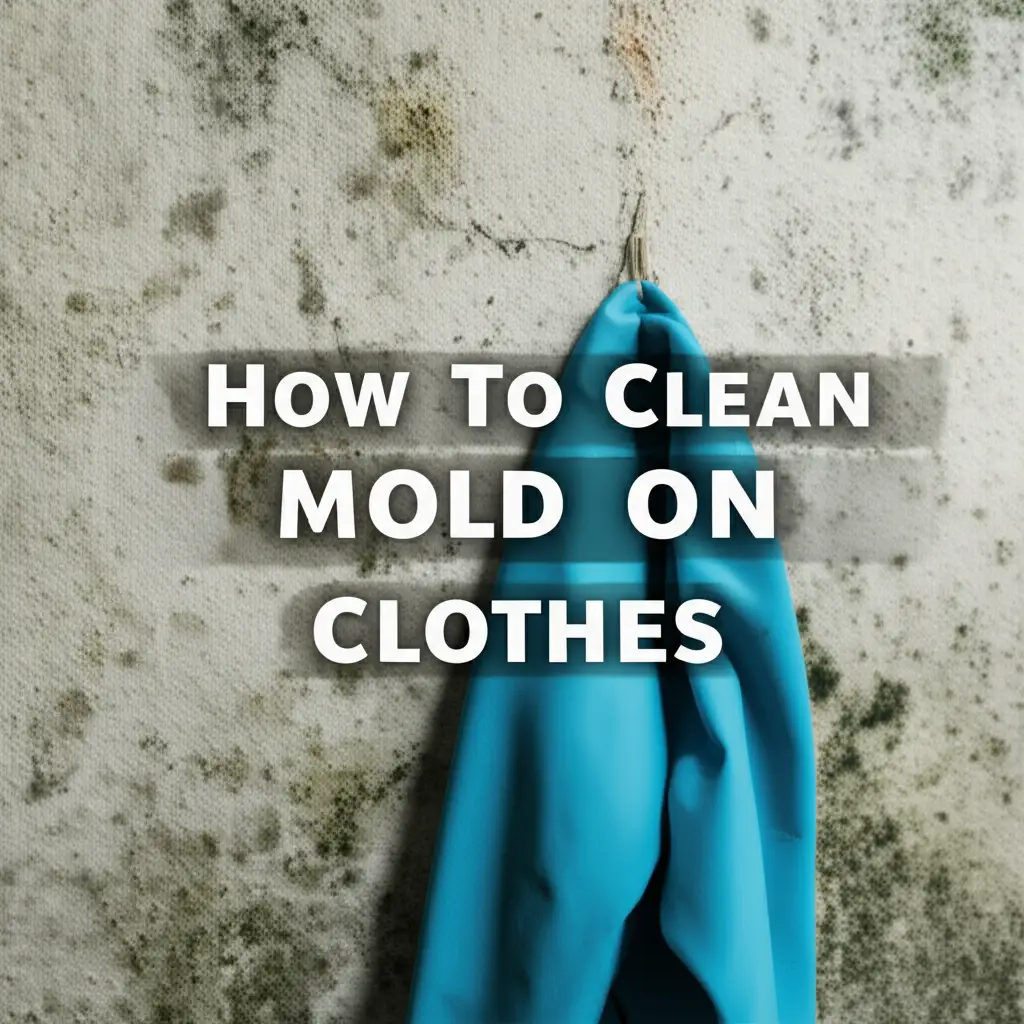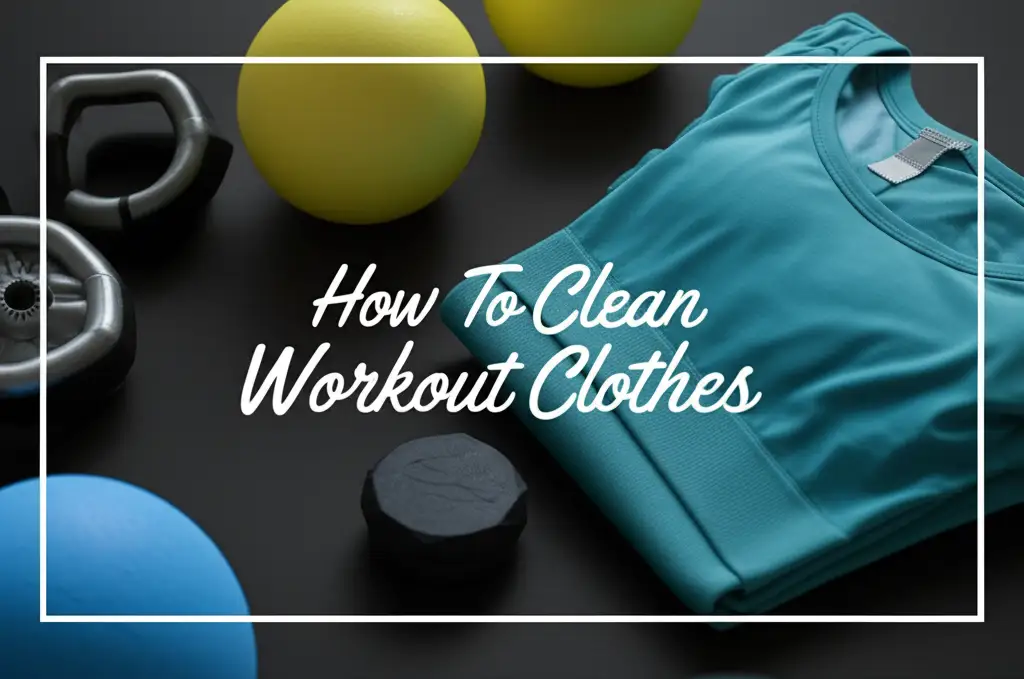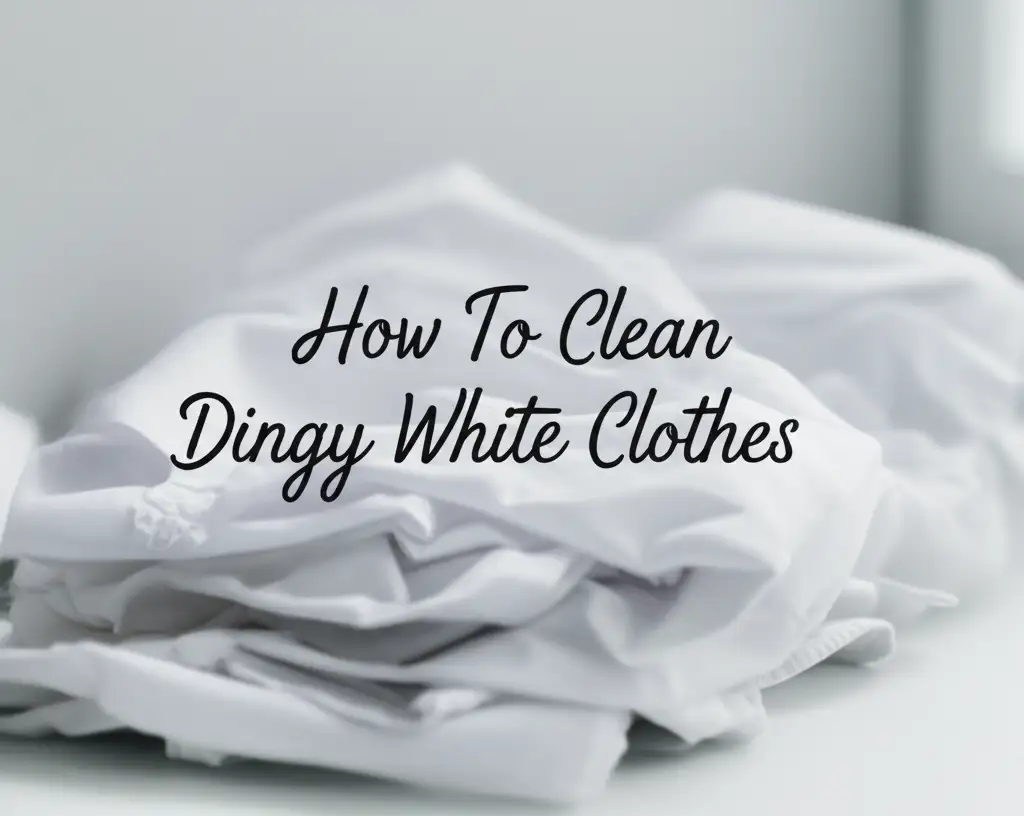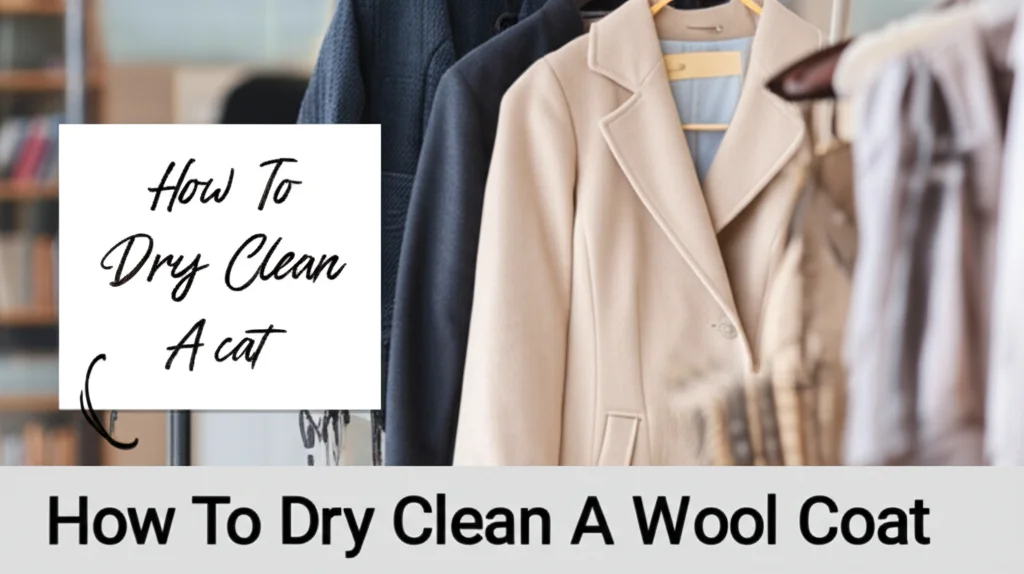· Laundry & Fabric Care · 19 min read
How To Clean Ring Around The Collar
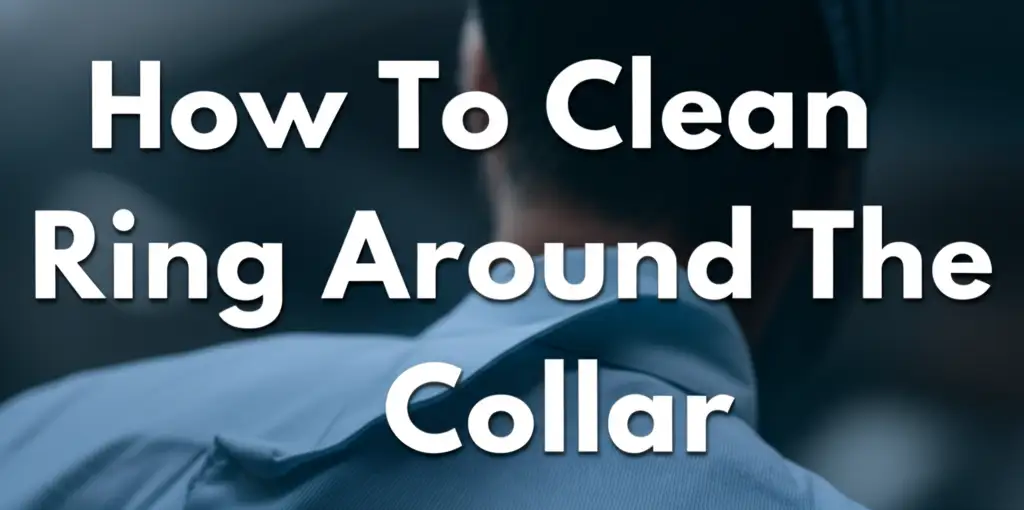
Mastering Collar Stains: How To Clean Ring Around The Collar Effectively
No one enjoys seeing that unsightly ring around the collar on their favorite shirt. This common problem affects shirts of all colors and fabrics. It makes an otherwise clean garment look dirty and unkempt. Learning how to clean ring around the collar effectively saves your clothes and improves your appearance. I know the frustration of battling these persistent stains. This guide provides clear, easy steps and proven methods. We will explore causes, prevention, and various cleaning techniques. Get ready to reclaim your shirts from stubborn collar grime.
Takeaway: Your Collar Cleaning Essentials
- Pre-treat stains immediately for best results.
- Use degreasing agents like dish soap or shampoo.
- Apply natural cleaners like baking soda and vinegar paste.
- Wash treated shirts with warm water.
- Air dry shirts to check for complete stain removal.
To clean ring around the collar, first pre-treat the stained area with a degreasing agent or a paste of baking soda and vinegar. Let it sit, then gently scrub. Wash the shirt in warm water with your usual detergent. This method breaks down the oils and dirt causing the discoloration.
Understanding Ring Around The Collar: Causes and Prevention
Ring around the collar refers to the discolored band that often appears on shirt collars. It is a common laundry challenge. This stain forms from a combination of factors. Understanding these factors helps you clean it and prevent it from returning.
This discoloration usually appears as a yellow, gray, or brown line. It is not just dirt. It is a mix of things from your body and the environment. Sweat from your neck contributes greatly. Your skin produces natural oils. These oils transfer directly to the collar fabric. Dead skin cells also shed from your neck. These stick to the fabric. Dirt, dust, and grime from the air cling to these oily and sweaty surfaces. The combination creates a sticky residue. This residue traps more dirt over time.
Think about how you wear your shirts. Tight collars press more firmly against the skin. This increases the transfer of oils and sweat. Warm weather also makes the problem worse. You sweat more when it is hot. Wearing shirts for long periods without washing allows the buildup to accumulate. Some fabrics show these stains more easily. White shirts or light-colored shirts highlight the discoloration. Synthetic fabrics can sometimes trap oils more readily than natural fibers.
What Causes Collar Stains?
Collar stains result from several common sources. Your body is a primary contributor. Sweat is one main cause. It contains salts and minerals that can leave marks. Skin oils, also known as sebum, transfer from your neck to the fabric. These oils are naturally present on your skin. They act like a magnet for dirt. Dead skin cells also rub off onto the collar. These cells mix with sweat and oil.
Environmental factors add to the problem. Dust and dirt particles from the air settle on your clothes. These particles stick to the oily and moist collar area. Pollutants from urban areas can also cling to the fabric. Even hair products or lotions can transfer from your neck or hair. These products leave residues that attract grime. Over time, this combination creates the stubborn “ring.” Regular wearing without washing allows layers of grime to build up. This makes the stain harder to remove.
Preventing Future Collar Stains
Preventing ring around the collar saves you time and effort. Simple habits can greatly reduce these stains. First, wear an undershirt. An undershirt creates a barrier between your skin and the shirt collar. It absorbs sweat and oils before they reach your outer shirt. This is a very effective strategy.
Wash your shirts frequently. Do not let dirt and oils build up. Wash shirts after every one or two wears, especially dress shirts. Prompt washing prevents stains from setting deeply into the fabric fibers. Consider washing your neck and face before dressing. This removes excess oils from your skin. Ensure your shirts fit well. Collars that are too tight rub more against your skin. This increases the transfer of oils and sweat. Loose collars may still get dirty, but tight ones exacerbate the problem.
Choose certain fabrics. Cotton and linen breathe better. They may help reduce sweating. However, they also absorb oils readily. Synthetic blends can sometimes repel moisture, but they might trap oils. Pay attention to how your hair products or lotions affect your collar. Some products leave residues that attract dirt. Adjusting your routine helps keep your collars clean longer.
Essential Tools and Supplies for Collar Cleaning
You need certain items to effectively clean ring around the collar. Most are common household products. Having the right tools makes the job easier and more successful. I find that a small collection of cleaning agents works best.
First, you need a good liquid laundry detergent. Choose one with enzymes, as these break down organic stains. A bar of soap can also be very useful. Hand soap, dish soap, or even a basic laundry bar soap works. Their degreasing properties help lift oils. Baking soda is a versatile cleaner. It acts as an abrasive and odor absorber. You can make a paste with it. White vinegar is another household staple. It helps break down residue and acts as a mild disinfectant. Both baking soda and vinegar are often used together for various cleaning tasks. You can learn more about how to clean with vinegar and baking soda on our site. how to clean with vinegar and baking soda.
You also need some simple tools. A soft-bristled brush or an old toothbrush helps work the cleaning solution into the fabric. Do not use a stiff brush, as it can damage the fibers. A spray bottle is handy for applying liquid solutions evenly. You will need a clean cloth or towel for blotting. Warm water is essential for most cleaning methods. It helps dissolve oils and detergents. For stubborn stains, you might consider hydrogen peroxide for white shirts. It acts as a mild bleach. Always test hydrogen peroxide on an inconspicuous area first. This prevents accidental discoloration on colored fabrics. For very tough stains, an enzyme pre-treater specifically designed for laundry stains can be effective. These products contain enzymes that digest proteins and oils.
Gathering these items before you start saves time. It ensures you have everything ready for a thorough cleaning process. Having multiple options allows you to tackle different types of stains. It also accounts for different fabric types.
Pre-Treatment is Key: Your First Step to Clean Collars
Pre-treating the collar stain is the most important step. Do not skip this part. Pre-treatment breaks down the oils and dirt before the main wash. This makes the final cleaning much more effective. I always pre-treat collars, even on lightly soiled shirts.
Apply a cleaning agent directly to the stained area. This concentrated application allows the product to work deep into the fabric fibers. You can use several common household items for pre-treatment. Liquid dish soap is excellent. It is designed to cut through grease and oil. Apply a small amount directly onto the stain. Gently rub it in with your fingers or a soft brush. Let it sit for at least 15-30 minutes. For very stubborn stains, you can let it sit for a few hours or even overnight.
Another effective pre-treatment is shampoo, especially shampoo designed for oily hair. Like dish soap, it breaks down body oils. Apply a small dollop of shampoo to the ring. Work it into the fabric with your fingers. Allow it to soak in for a while before washing. Some people find success with a bar of laundry soap or even a regular bar of hand soap. Dampen the collar slightly, then rub the bar of soap directly onto the stain. The soap creates a lather that helps lift the grime.
Always remember to test any new cleaning product on a small, hidden area of the fabric first. This ensures it does not cause discoloration or damage. Once you apply the pre-treatment, avoid scrubbing too aggressively. Gentle rubbing is usually enough. After the soaking time, proceed to your main washing cycle. Pre-treatment greatly increases your chances of complete stain removal.
Effective Home Remedies for Ring Around The Collar
Many effective solutions for ring around the collar are already in your home. These natural remedies are often gentler on fabrics. They also avoid harsh chemicals. I often reach for these first when tackling collar stains.
Baking Soda and Vinegar Paste
Baking soda and white vinegar make a powerful cleaning duo. This combination creates a fizzing reaction that helps lift stains. It is effective for many household cleaning tasks, not just laundry. You can find more tips on using baking soda for cleaning, such as how to clean a shower with baking soda or how to clean a toilet tank with baking soda, on our site. how to clean shower with baking soda or how to clean toilet tank with baking soda.
To make the paste, mix a few tablespoons of baking soda with a small amount of white vinegar. Add just enough vinegar to form a thick paste. Apply this paste directly to the stained collar. Use a soft brush, like an old toothbrush, to gently work the paste into the fabric fibers. Let the paste sit on the stain for at least 30 minutes. For heavily soiled collars, leave it for an hour or two. The paste absorbs oils and helps break down the grime. Rinse the collar or proceed with your regular laundry cycle.
Lemon Juice and Salt
Lemon juice is a natural bleach and stain remover. Salt acts as an abrasive. This combination is particularly good for white and light-colored shirts. It helps brighten the fabric.
Squeeze fresh lemon juice directly onto the stain. Sprinkle a generous amount of salt over the wet area. Gently rub the salt into the stain with your fingers. Let the shirt sit in direct sunlight for an hour or two. The sun’s UV rays activate the lemon juice’s bleaching properties. After sun exposure, rinse the collar thoroughly. Then wash the shirt as usual. Be cautious when using lemon juice on colored fabrics. It can cause fading. Always test it on an inconspicuous area first.
Dish Soap Power
Liquid dish soap is excellent for cutting grease. This makes it perfect for removing the oily component of collar stains. I find this method simple and highly effective.
Apply a small amount of liquid dish soap directly to the stained collar. Use a dish soap known for its degreasing power. Rub the soap gently into the fabric using your fingers or a soft brush. Ensure the entire stained area is covered. Let the soap sit on the stain for 15-30 minutes. The soap needs time to break down the oils and lift the dirt. After soaking, rinse the collar with warm water. Then wash the shirt as you normally would. This method is generally safe for most fabrics and colors.
Hydrogen Peroxide Application
Hydrogen peroxide is a mild oxidizing agent. It works well on white fabrics to remove yellowing and stains. It is less harsh than chlorine bleach.
For white shirts, pour a small amount of 3% hydrogen peroxide directly onto the stain. You can also mix it with a bit of baking soda to form a paste. Let it sit for about 10-15 minutes. The hydrogen peroxide helps lift discoloration. Rinse the collar thoroughly. Then wash the shirt as part of your normal laundry load. Never use hydrogen peroxide on colored fabrics without testing first. It can cause permanent bleaching. Always handle hydrogen peroxide carefully.
These home remedies provide powerful and often cost-effective ways to tackle ring around the collar. Choose the method that best suits your shirt’s fabric and color.
Commercial Cleaners and Enzyme Power
Sometimes, home remedies are not enough for very stubborn or set-in collar stains. This is when commercial cleaners become valuable. Many products specifically target laundry stains. They use advanced formulas to break down tough grime.
Laundry pre-treatment sprays are common. These sprays contain powerful surfactants and sometimes enzymes. You spray them directly onto the collar stain. Let them sit for the recommended time, usually 5-10 minutes. Then, you wash the shirt as usual. Brands like Shout, OxiClean, and Zout offer effective pre-treatment sprays. Always follow the product instructions for best results.
Enzyme cleaners are particularly effective against organic stains like sweat, oil, and body grime. Enzymes are biological catalysts. They break down proteins, fats, and starches into smaller, water-soluble molecules. This makes them easier to wash away. Ring around the collar often contains proteins from sweat and oils from sebum. So, enzyme cleaners directly address the stain’s composition. Look for laundry detergents or pre-treatments labeled as “enzyme-based” or containing specific enzymes like protease, lipase, and amylase.
When using an enzyme cleaner, apply it directly to the collar stain. Allow it sufficient dwell time. This lets the enzymes do their work. Some products recommend letting it sit for several hours or even overnight. Always check the product label for specific instructions. After the soaking period, wash the garment in the warmest water safe for the fabric. Warm water helps activate the enzymes and dissolve the broken-down stain components.
Heavy-duty laundry detergents also play a role. Some detergents are formulated with higher concentrations of cleaning agents and enzymes. They offer extra stain-fighting power. Using a strong detergent can boost the effectiveness of your pre-treatment.
When choosing a commercial cleaner, consider the fabric type and color of your shirt. Some powerful stain removers might be too harsh for delicate fabrics. Bleach-based products are typically only safe for white, bleach-safe fabrics. Always perform a patch test on an inconspicuous area. This helps avoid accidental damage or discoloration. Using commercial cleaners complements home remedies. They provide an extra layer of power for really challenging stains.
The Washing Process: Machine Washing After Pre-Treatment
After pre-treating your collar, the next step is a proper wash. Machine washing helps thoroughly remove the loosened stain particles and the cleaning agents. The washing process is crucial for achieving a truly clean collar.
First, always check the garment’s care label. This label tells you the recommended water temperature and washing cycle. Most shirts, especially cotton blends, can tolerate warm water. Warm water is generally best for removing oil and grease stains. It helps dissolve detergents more effectively than cold water. However, if your shirt is delicate or brightly colored, stick to cold water to prevent shrinking or fading. You can find more general washing tips, like those for cleaning shoes in the washer, which also emphasize care labels and water temperature. how to clean shoes in the washer.
Load the shirt into your washing machine. Avoid overloading the machine. Overloading prevents proper agitation and rinsing. The shirt needs space to move freely in the water and detergent solution. Use your regular laundry detergent. For added stain-fighting power, you can include a scoop of an oxygen-based bleach (like OxiClean) if the fabric allows. Oxygen bleach is generally safe for most colored fabrics, unlike chlorine bleach.
Select the appropriate wash cycle. A regular or normal cycle is usually sufficient for shirts. For very stubborn stains, you might opt for a heavy-duty cycle, but only if the fabric can withstand it. Let the machine complete its cycle. Ensure the shirt gets a good rinse to remove all detergent residues. Residues can attract dirt and cause new stains over time.
Once the wash cycle finishes, remove the shirt promptly. Do not leave it sitting wet in the machine. This can lead to mildew and unpleasant odors. Inspect the collar before drying. This is a critical step.
Drying and Final Inspection: Ensuring Stain Removal
The drying stage is just as important as the cleaning itself. Improper drying can set remaining stains. Always inspect the collar thoroughly before putting the shirt in the dryer. Heat from a dryer can permanently set a stain. If the stain is still visible, the heat will essentially “bake” it into the fabric. This makes it much harder, if not impossible, to remove later.
After washing, take the shirt out of the washing machine. Stretch the collar area gently. Look closely at the spot where the ring around the collar usually forms. Is the discoloration completely gone? Hold the shirt up to good light. Natural light is best for spotting faint stains. If you see even a slight shadow or tint, the stain is still there.
If the stain persists, do not despair. Do not put the shirt in the dryer. Instead, re-treat the stain. Go back to the pre-treatment step. Apply your chosen cleaning agent again. You might try a different method this time. For example, if you used dish soap, try the baking soda and vinegar paste. Allow the solution to soak for a longer period. Then, re-wash the shirt. You might need to repeat this cycle a few times for very old or deeply set-in stains. Patience is key when dealing with stubborn stains.
Once you are certain the stain is gone, you can proceed to dry the shirt. Air drying is often the safest method. Hang the shirt on a hanger. Let it dry completely in a well-ventilated area. Air drying reduces the risk of setting any faint, unseen stains. It also helps fabrics last longer. If you must use a machine dryer, use a low heat setting. Remove the shirt as soon as it is dry. Over-drying can damage fabric fibers and make them more prone to future staining.
Proper inspection and drying ensure that your efforts to clean ring around the collar are successful. It protects your shirts from permanent damage.
Advanced Tips for Stubborn Collar Stains
Some collar stains are incredibly stubborn. They resist regular cleaning methods. These old or deeply embedded stains require a bit more effort and sometimes specialized approaches. Do not give up on your favorite shirt too quickly.
Repeated Treatments: For very tough stains, repetition is key. One application of a pre-treatment might not be enough. Apply the stain remover, let it soak, and wash the shirt. If the stain remains, repeat the entire process. You might need to do this two or three times. Each cycle helps to loosen and remove more of the grime. Vary the pre-treatment method if one is not working. Try a strong commercial stain remover if home remedies are failing.
Increase Soaking Time: Lengthen the soaking time for your pre-treatment. Instead of 15-30 minutes, let the cleaner sit for several hours. For particularly difficult stains, you can even leave the pre-treatment on overnight. This extended contact time allows the cleaning agents to fully penetrate the fibers and break down the stubborn oils and dirt. Always ensure the fabric is saturated with the solution during the soak.
Use a Stiffer Brush (with Caution): While generally, a soft brush is recommended, for very set-in stains, a slightly stiffer brush might be necessary. However, use extreme caution. Test it on an unseen part of the fabric first. Too much scrubbing or a brush that is too stiff can damage the fabric fibers, leading to pilling or thinning. Gently work the cleaning agent into the stain with circular motions.
Consider Professional Cleaning: If you have tried multiple methods and the stain still won’t budge, it might be time for a professional dry cleaner. Dry cleaners have access to industrial-strength cleaning agents and specialized equipment. They can often remove stains that home methods cannot. Inform them that it is a “ring around the collar” stain. Explain what methods you have already tried. This information helps them choose the best approach. Professional cleaning is often a last resort, but it can save a beloved garment.
Prevention is Still Best: Even with advanced cleaning techniques, prevention remains the most effective strategy. Consistent use of undershirts, frequent washing, and mindful shirt wearing significantly reduce the likelihood of these tough stains forming. Taking proactive steps saves you from the frustration of tackling stubborn collar grime.
FAQ Section
What is ring around the collar?
Ring around the collar is a discolored line that forms on shirt collars. It typically appears as yellow, brown, or gray. This stain results from a combination of body oils, sweat, dead skin cells, and environmental dirt. These elements combine and stick to the fabric, creating a visible ring over time.
Can hydrogen peroxide be used on colored shirts?
No, hydrogen peroxide should not be used on colored shirts without careful testing. It has bleaching properties. On colored fabrics, it can cause the dye to fade or create permanent bleached spots. Hydrogen peroxide is best reserved for white and light-colored, bleach-safe fabrics. Always test on an inconspicuous area first.
Is dish soap safe for all fabrics?
Liquid dish soap is generally safe for most washable fabrics. It is effective at cutting grease and oil, which are common components of collar stains. However, always test it on a hidden part of the garment first. Some delicate fabrics or specific dyes might react unexpectedly. Rinse thoroughly after use.
How often should I wash my shirts to prevent collar stains?
To prevent stubborn collar stains, wash your shirts frequently. It is best to wash shirts after every one or two wears. This prevents the buildup of body oils, sweat, and dirt. Prompt washing keeps stains from setting deeply into the fabric fibers, making them easier to remove.
Can old collar stains be removed?
Yes, old collar stains can often be removed, but they require more effort. They might need repeated treatments or longer soaking times. Using stronger pre-treatments, like enzyme-based cleaners or a baking soda and vinegar paste, can help break down set-in grime. Patience and persistence are key.
Conclusion
Tackling ring around the collar might seem like a daunting laundry task. But with the right knowledge and techniques, you can effectively clean ring around the collar from your shirts. We explored the causes of these common stains. We discussed the importance of pre-treatment. We looked at powerful home remedies like baking soda and vinegar. We also covered commercial cleaners and the role of enzymes. The proper washing and drying steps are also critical.
Remember, prevention is your best tool. Simple steps like wearing an undershirt and washing shirts frequently make a big difference. For stubborn stains, do not give up after the first attempt. Re-treat and re-wash as needed. Your shirts can look fresh and clean again. Apply these tips consistently. You will keep your shirt collars looking their best. Start cleaning your collars today. Restore your favorite garments and wear them with confidence.
- collar stains
- laundry tips
- stain removal
- shirt cleaning
- fabric care

